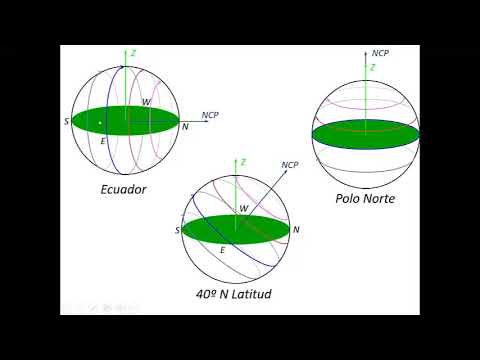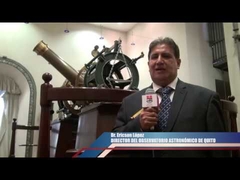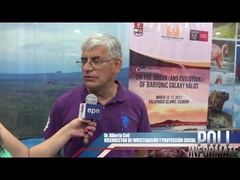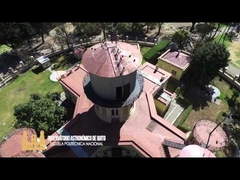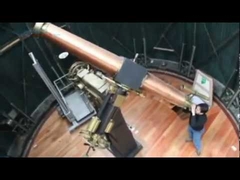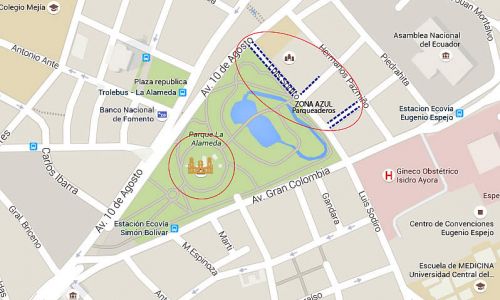JWST retrieval simulation of super-Earth
AUTORES:H Barbier, E D Lopez Izurieta, A Manzaba Vélez and D A Herrería Hoyos
abstract
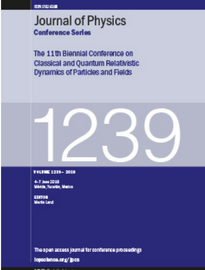
The James Webb Telescope (JWST), launched at the end of 2021, will permit the study of exoplanets' atmospheres with an accuracy never obtained before. One of the most keenly anticipated science themes with JSWT data is the study of super-Earth type planets. There exist many questions about their interior and atmospheric composition as well as their evolution and possible migrations.
In this work, we simulated transmission spectra of super-Earth type systems with the petitRADTRANS code and emission spectra of a M-type star with PySynphot. The primary transit observation is simulated with the MIRISim simulator working in the MIRI LRS-Slitless mode. We then obtained the transmission spectra of the planet using a code that we developed ourselves. Finally, we carried out the retrieval: first, in order to check the retrieval tool included in the petitRADTRANS code, we treated the original transmission spectrum. Second, the code is used with the spectrum obtained from the telescope simulator.
The results found encourage us to compare them to results found when using other tools, with the hope of gaining precision in those results, in addition to working in a wider range of wavelengths.



